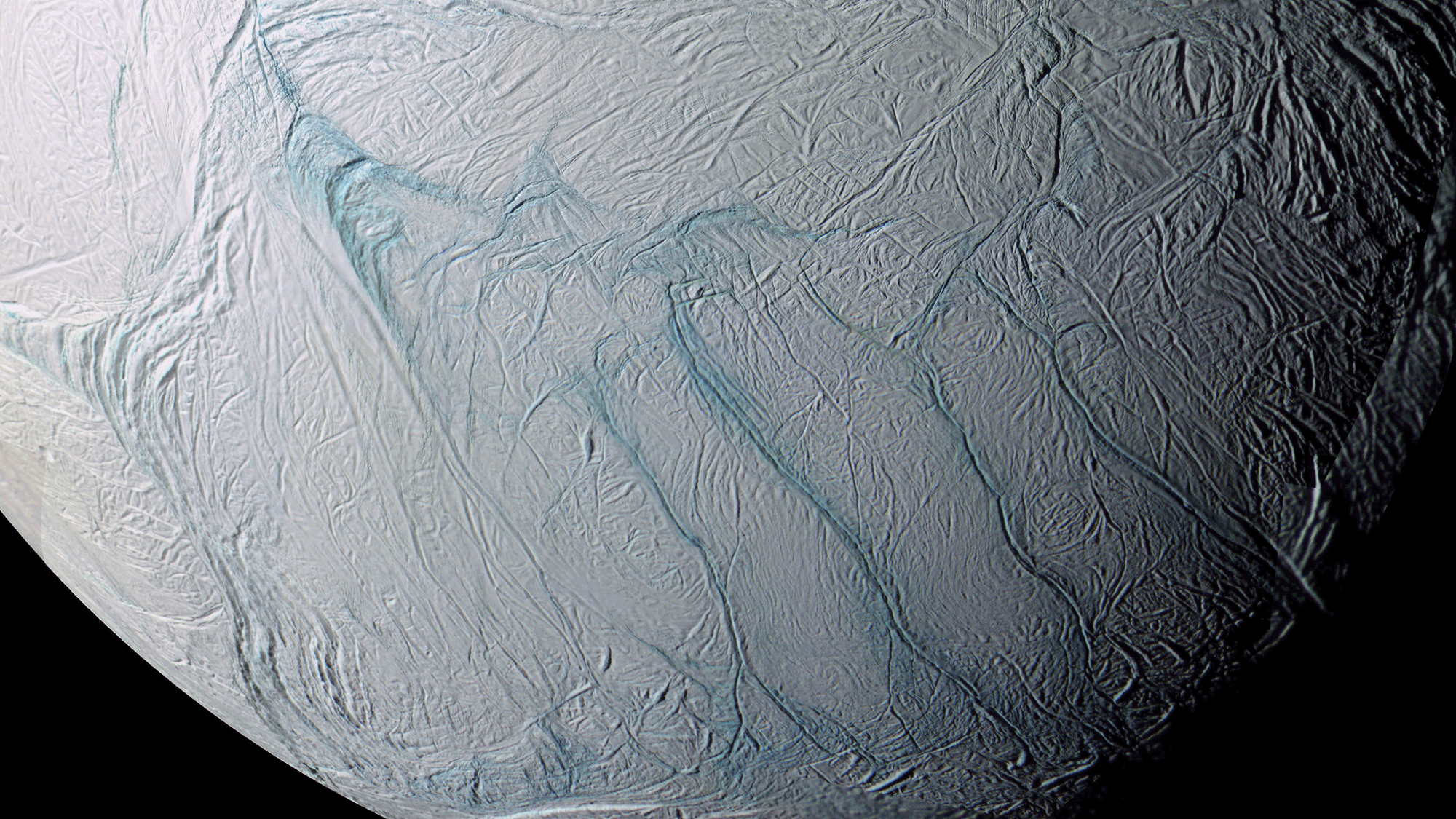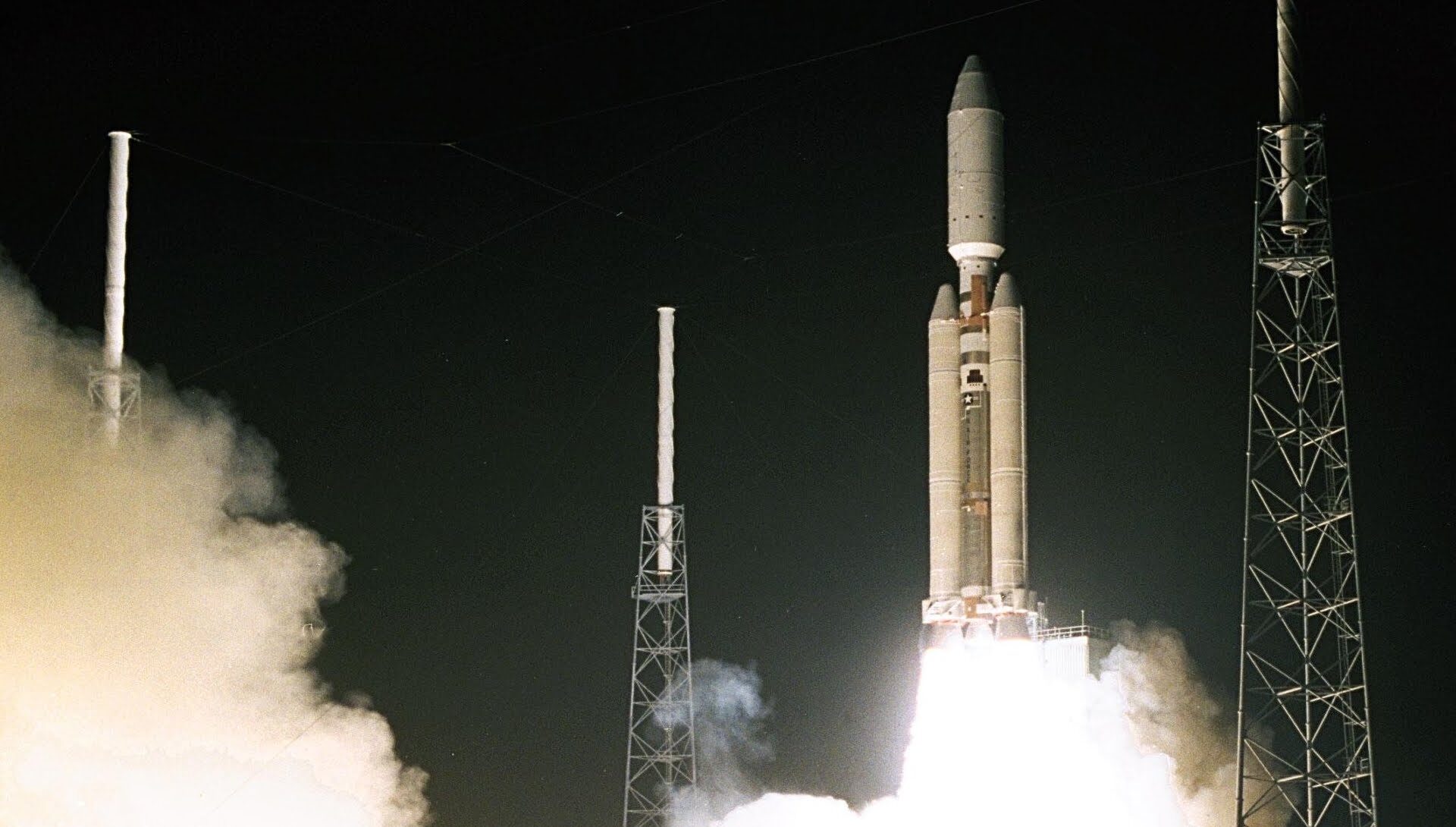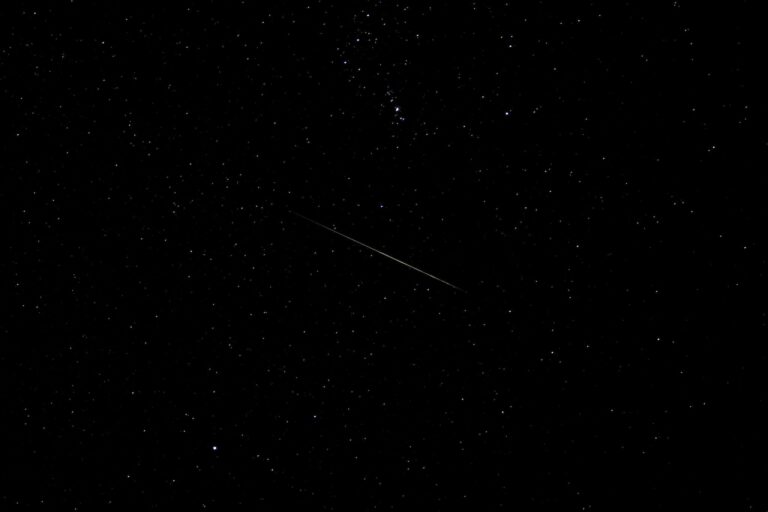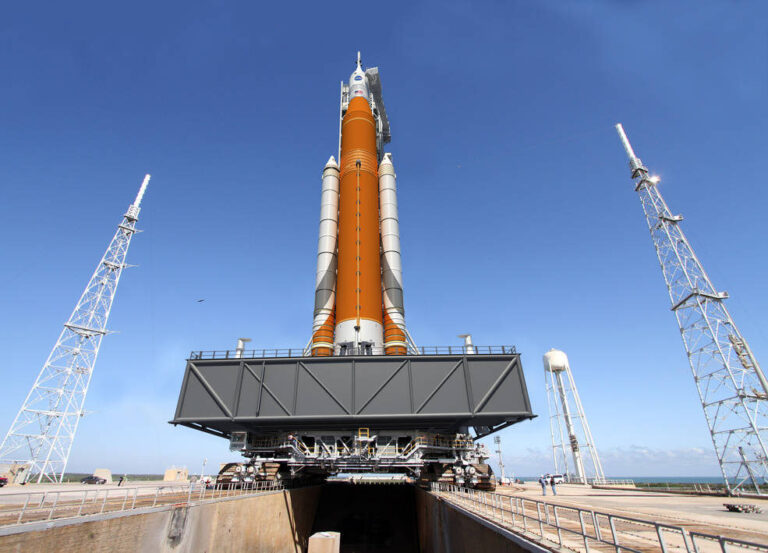Enceladus: The Moon That Could Change Everything
Enceladus is one of 62 moons orbiting the gas giant, Saturn, but it might be unique in the fact that conditions beneath the surface of the icy moon could be perfect for life to have developed.
The excitement came after NASA revealed that Cassini, its spacecraft currently exploring Saturn and its environment, flew through plumes of gas that escaped from the subsurface ocean beneath the icy surface of Enceladus. Cassini detected molecular hydrogen which is an indication that hydrothermal vents are active on the moons ocean floor. These vents could be exactly the same as those found here on Earth, where fragile ecosystems evolved without the need for sunlight. Some experts even think that all life on Earth might have evolved from the ecosystems that developed at those vents.

Scientists have been discussing and debating a process called methanogenesis, which they say is a crucial part of microbial life development. This chemical reaction gives the microbes an energy source and could be the key to whether Enceladus has life around its underwater hydrothermal vents. We can’t yet confirm whether methanogenesis is taking place, and some have immediately said that Enceladus may well be too young for life-creating processes to have begun.

“Although we can’t detect life, we’ve found that there’s a food source there for it. It would be like a candy store for microbes,” said the study’s lead author Hunter Waite of the Southwest Research Institute in San Antonio.
The associate administrator for NASA‘s Science Mission Directorate, Thomas Zurbuchen, was optimistic about the news and explained the process further:
“This is the closest we’ve come, so far, to identifying a place with some of the ingredients needed for a habitable environment. These results demonstrate the interconnected nature of NASA‘s science missions that are getting us closer to answering whether we are indeed alone or not.”
Cassini has been providing us with detailed images and information about Saturn and its neighborhood since 2004. It performed hundreds of flyby maneuvers and beamed back detailed images of the gas giant and its ring system in details that we hadn’t seen before. Its information about Enceladus may be the most important though, if the theories about its subsurface vents are proven correct.
We first looked at Titan, as it was the largest moon and the spacecraft successfully landed the Huygens probe on the surface, making it a first for humanity on landing probes in the outer solar system. Huygens was a collaborative effort between the Italian Space Agency, the ESA and NASA, and it sent back a wealth of information that gave us a better understanding of how moons form and operate. We found that Titan had methane and ethane lakes on the surface, and an underground ocean beneath the surface.
The end of Cassini
Whilst Cassini has been a hugely successful mission, its retirement is soon upon us as its fuel has been depleted and its controllers have decided to give it the spectacular ending it deserves. In September this year, NASA will plunge the craft to burn up in Saturn’s atmosphere, avoiding any potential contamination on the moons we think could have life. As it plunges towards Saturn, Cassini will send back as much information as it can, including data and images that have never been seen before.
“It’s inspiring, adventurous and romantic — a fitting end to this thrilling story of discovery,” wrote NASA.
Europa
Europa is another moon, this time one of Jupiter’s, which has been getting scientists excited about the prospect of thermal vents. Data from the Hubble Telescope would suggest that 62-mile-high plume appeared over the equator of Europa, meaning that it could certainly have similar vents to what we have here on Earth. Given that Europa is billions of years older than Enceladus, the chances of finding life could be even higher.
What comes next?

Missions. We have concentrated our efforts on finding life outside of Earth on searching for exoplanets that are many lightyears away. We have found candidates that sit in the habitable zones of their stars, and we have even seen worlds that we have confirmed have atmospheres, but what is the point if it’s going to take 200,000 years to reach these other worlds. What if we can find life in our own stellar back yard? We need to concentrate our resources on missions to Enceladus and to Europa, and we need to dig deep to discover if we are alone in our solar system. If we find life on one of these moons, it would fundamentally change our views on creation, the universe and our way of life.



